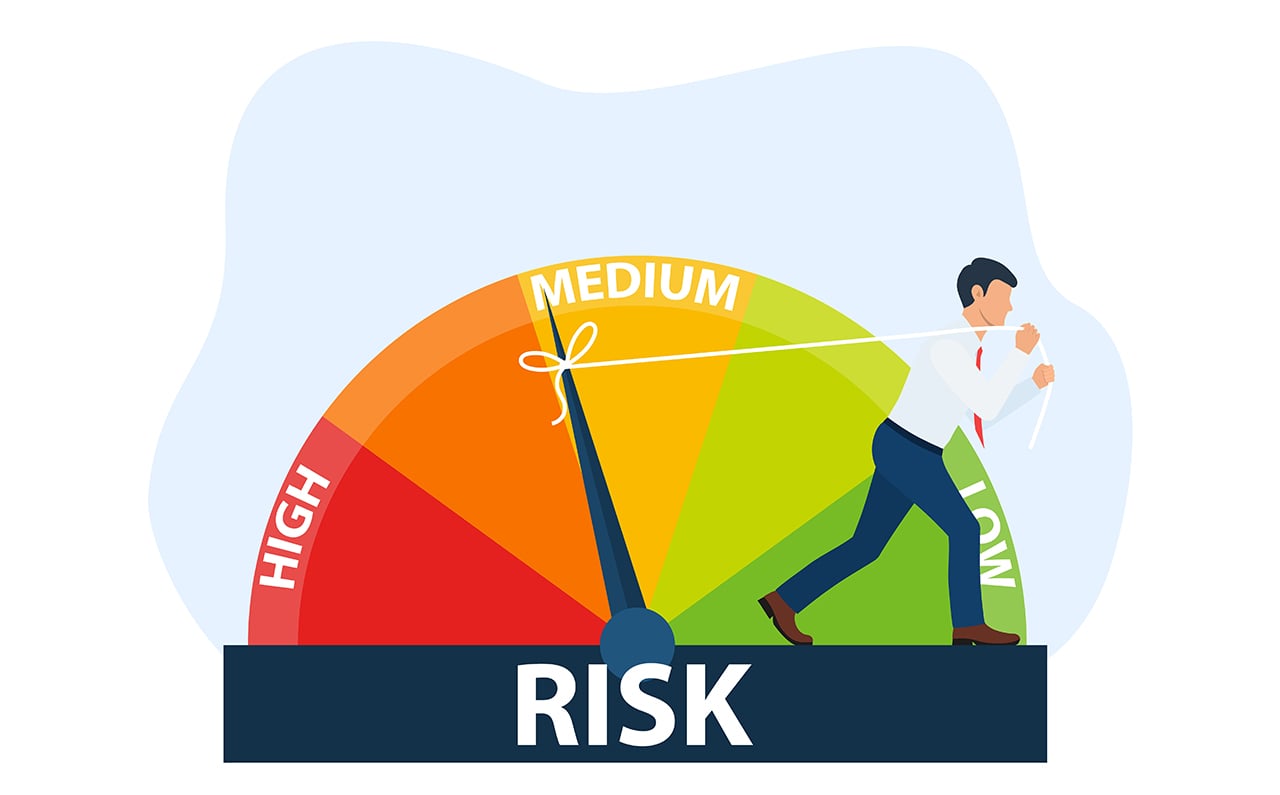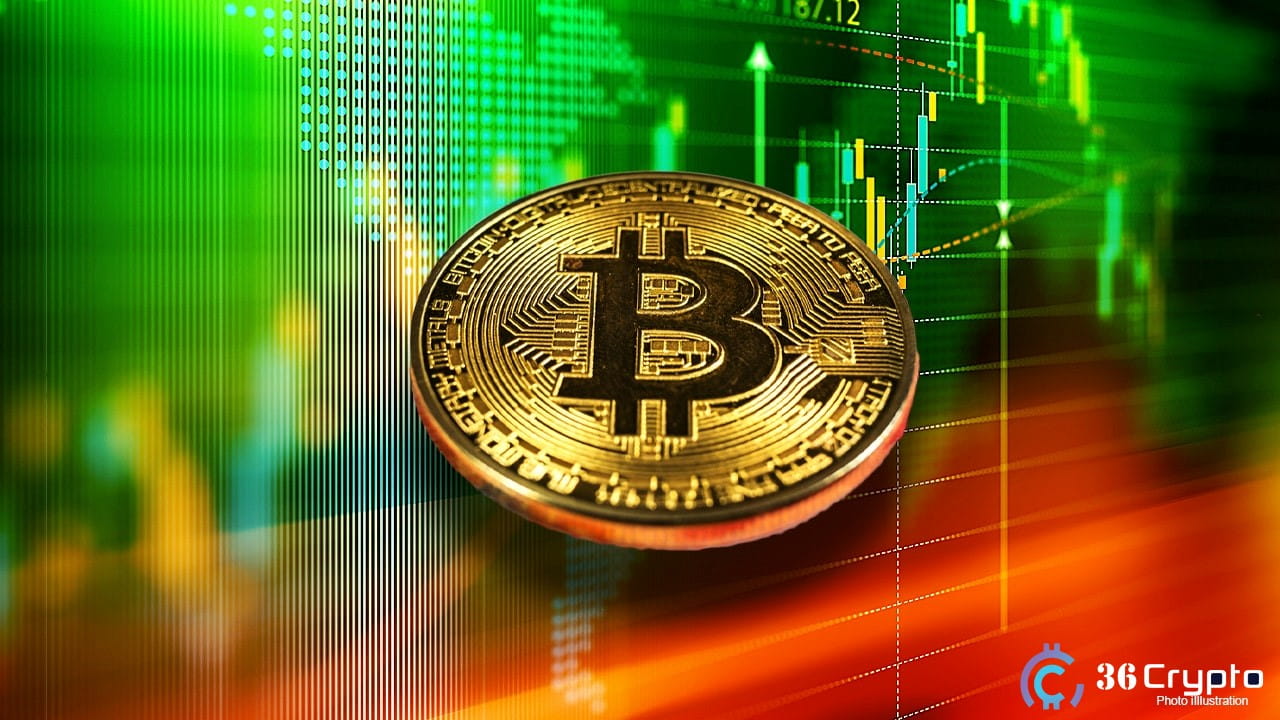Bitcoin price $82K. Bitcoin has again grabbed center stage in the financial industry. This spike comes after lower-than-expected inflation statistics were released. Which gave investors new hope for the bitcoin sector. More traders and institutional investors view Bitcoin as a hedge against economic uncertainty as inflation worries subside. The digital commodity, which is frequently likened to gold as a store of value, has been experiencing a surge in demand due to changing macroeconomic circumstances. The most recent surge in Bitcoin demonstrates. The financial landscape is always changing, and how cryptocurrencies increasingly play a significant role in international investment strategy.
Inflation Data and Bitcoin’s Role
There may be some respite for traditional and digital markets as the most recent Consumer Price Index (CPI) report showed lower-than-expected inflation figures. Investor sentiment is shaped by inflation data, which also affects market liquidity and central bank policy. If inflation slows, the Federal Reserve may scale back its aggressive interest rate hikes, which have been a big worry for riskier assets like cryptocurrencies.
Because investors consider Bitcoin a hedge against monetary policy uncertainties. It has experienced a surge of capital. This most recent price change highlights Bitcoin’s rising status as “digital gold,” a resource investors seek during difficult economic times. The relationship between inflation reports and price fluctuations further cements Bitcoin’s place in the larger financial ecosystem.
Fuel Bitcoin’s Rally

As big financial institutions continue to increase their exposure to digital assets, institutional investors have been crucial to Bitcoin’s price surge. According to recent data, whale accumulation, or massive Bitcoin purchases by high-net-worth individuals and institutional investors, appears to have escalated. This accumulation pattern demonstrates strong faith in Bitcoin’s long-term worth and potential for future growth.
Institutional interest has also increased due to the adoption of Bitcoin exchange-traded funds (ETFs), which enable conventional investors to purchase exposure to the asset without possessing it. The inflow of institutional capital is anticipated to sustain more price growth once Bitcoin crosses $82,000, establishing its position as a popular investment choice. Large financial companies’ involvement has also improved market stability by lowering volatility and raising overall market maturity.
Market Momentum
In addition to institutional investors, the fear of missing out (FOMO) has fueled the recent spike in Bitcoin prices among individual traders. More individual investors are joining the market as Bitcoin approaches new all-time highs in the hopes of profiting from the rising trend. Prior rallies have demonstrated that major price milestones frequently result in a surge in speculative activity. The psychological significance of Bitcoin’s price movement cannot be understated.
Social media sites and cryptocurrency influencers amplify the excitement, increasing interest in the commodity. Bitcoin’s growing popularity as a payment and investment tool has also greatly aided its attraction to individual investors. The integration of Bitcoin payments by more companies and platforms is facilitating the participation of regular consumers in the digital economy. The market is experiencing a strong upward impetus due to institutional confidence and retail enthusiasm. Which has caused Bitcoin’s price to rise.
Potential Risks

Even though Bitcoin price $82K encourages the cryptocurrency market. One should not discount possible dangers or market corrections. Sharp pullbacks have historically followed quick price advances when traders take profits and market mood changes. The volatility of bitcoin is still a major worry since abrupt price changes might make short-term investors uneasy. As governments and financial institutions continue to evaluate the effects of digital assets on the conventional financial system.
Regulatory developments also provide a possible obstacle. Any unanticipated regulatory crackdown or unfavorable policy changes could bring on a market correction. Furthermore, macroeconomic variables like shifts in interest rate policy or worldwide economic instability may impact Bitcoin’s future course. Before investing, investors should exercise caution and do extensive research. Considering the cryptocurrency market’s inherent hazards and bullish potential.
Future of Bitcoin
Another significant step toward widespread acceptance and adoption has been reached with Bitcoin’s rise to $82,000. What comes next is the question today. The future of Bitcoin is still bright, according to analysts. Who believe it may transcend past all-time highs and achieve six-figure valuations in the years to come. It is anticipated that the crypto ecosystem will continue to develop. Including the creation of blockchain-based applications, decentralized financing (DeFi), and non-fungible tokens (NFTs)—will increase the usefulness and market value of Bitcoin.
As more financial institutions see Bitcoin’s potential as a long-term store of value. Institutional adoption is likewise anticipated to keep expanding. Bitcoin may establish itself as a major global financial asset and influence the direction of digital finance with more legal certainty and wider adoption. Bitcoin’s influence on the financial sector is indisputable, and its significance in the digital economy will only grow in the future. Regardless of whether it continues on its upward trend or has brief corrections.
Conclusion
Bitcoin price $82K demonstrates its expanding significance in the global financial system, which is being fueled by a decline in inflation worries, a rise in institutional acceptance, and the excitement of individual investors. The most recent CPI data strengthens the impression of Bitcoin as a hedge against economic uncertainty, further strengthening its reputation as “digital gold.” Bitcoin’s bullish momentum appears certain to continue, as both ordinary investors and major financial actors are displaying fresh interest.
Risks still exist, though, as with any asset that appreciates quickly. These risks include possible market corrections, regulation changes, and macroeconomic fluctuations. Even though Bitcoin’s long-term prospects are bright, investors must proceed cautiously, striking a balance between hope and calculated risk management. Bitcoin is one of the most followed assets today because of its unquestionable significance in influencing the direction of digital finance as the cryptocurrency ecosystem develops.









